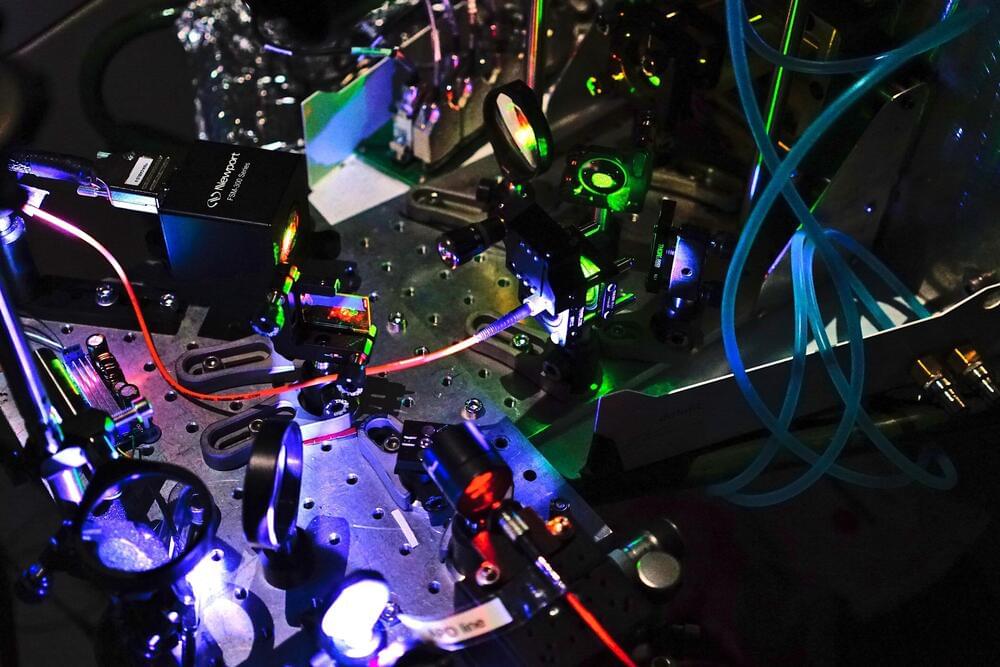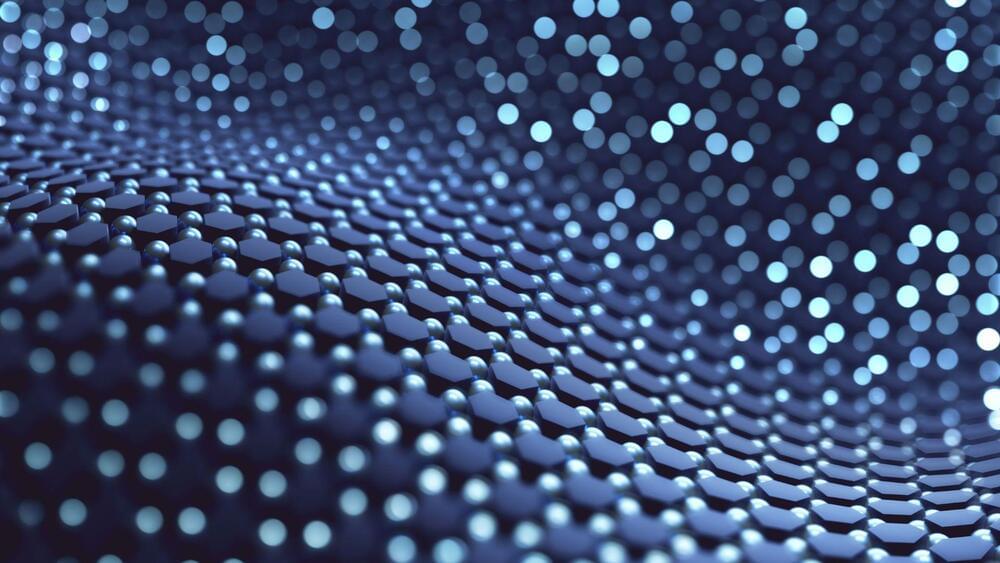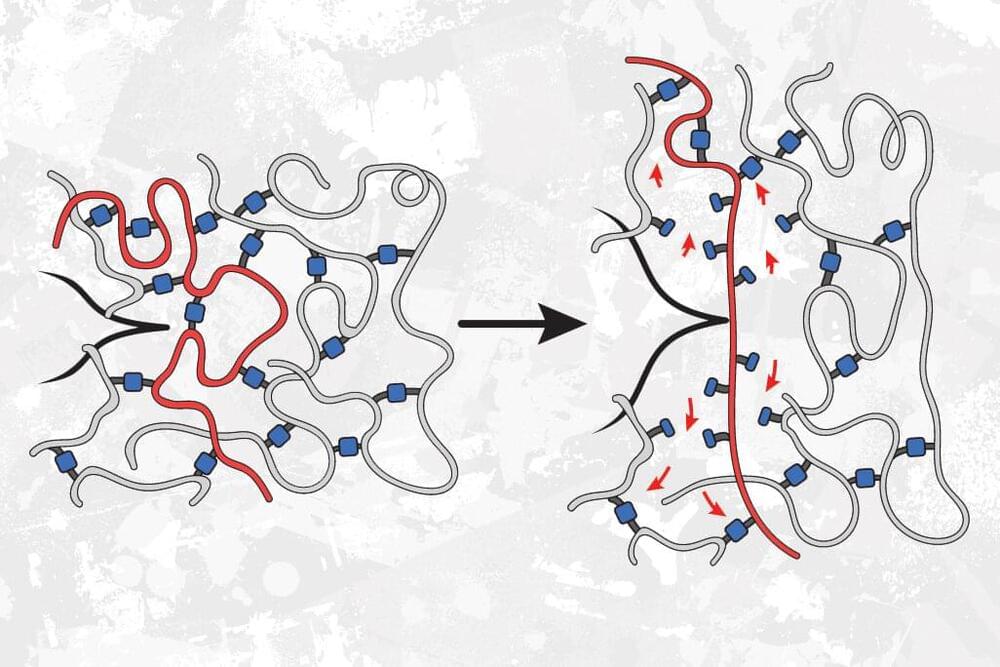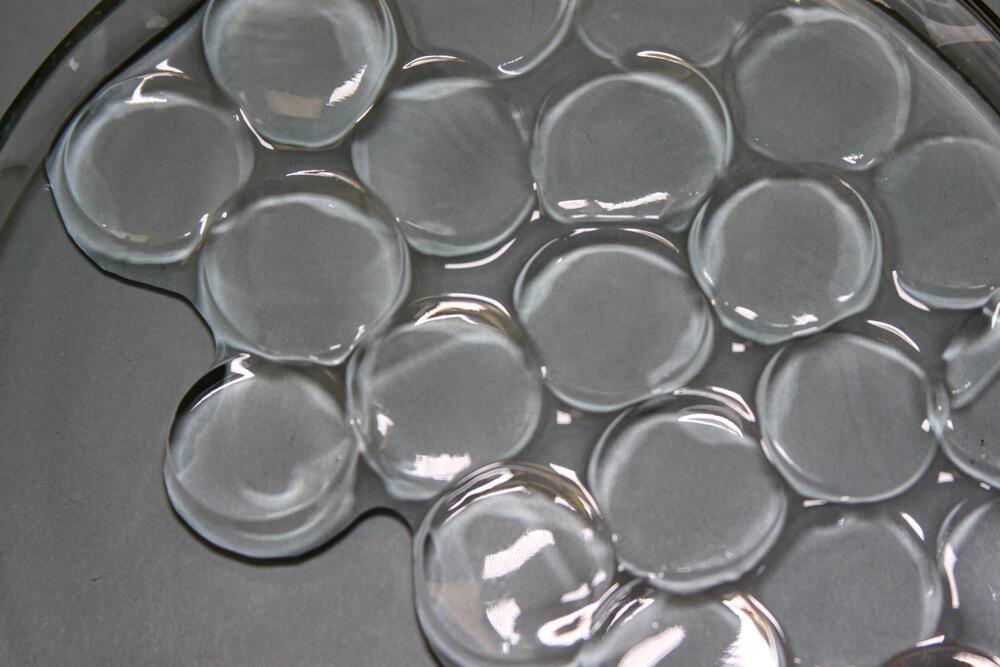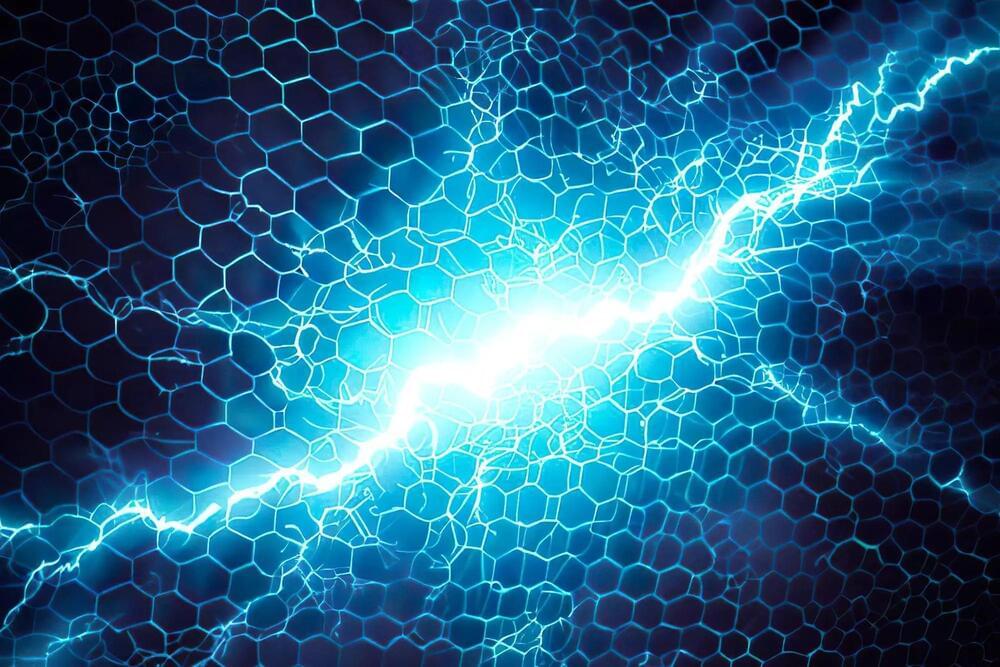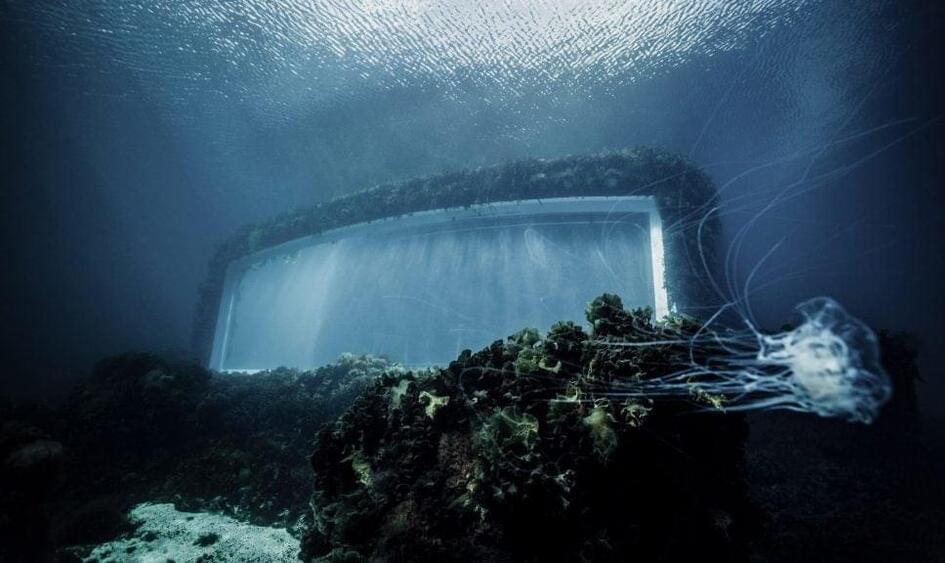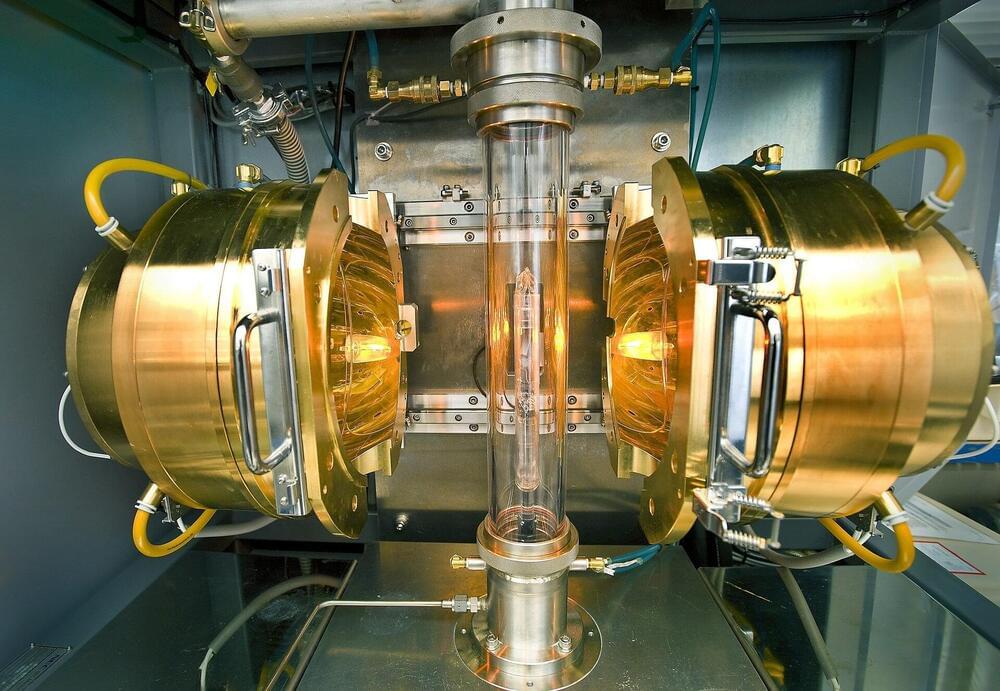Jun 29, 2023
Study shows hexagonal boron nitride has potential to replace diamond as quantum sensing material
Posted by Paul Battista in categories: materials, quantum physics
Diamond has long been the go-to material for quantum sensing due to its coherent nitrogen-vacancy centers, controllable spin, sensitivity to magnetic fields, and ability to be used at room temperature. With such a suitable material so easy to fabricate and scale, there’s been little interest in exploring diamond alternatives.
But this GOAT of the quantum world has one Achilles Heel—It’s too big. Just as an NFL linebacker is not the best sportsperson to ride in the Kentucky Derby, diamond is not an ideal material when exploring quantum sensors and information processing. When diamonds get too small, the super-stable defect it’s renowned for begins to crumble. There is a limit at which diamond becomes useless.
HBN has previously been overlooked as a quantum sensor and a platform for quantum information processing. This changed recently when a number of new defects were discovered that are shaping up to be compelling competitors to diamond’s nitrogen vacancy centers.
